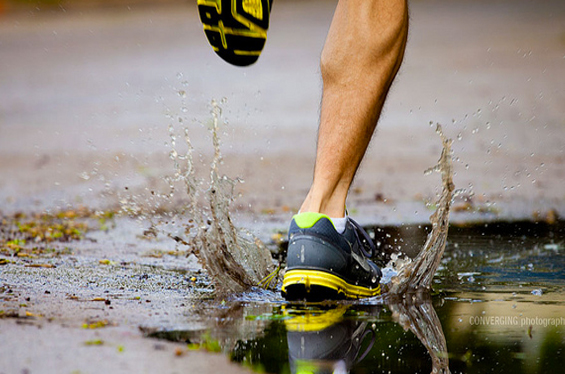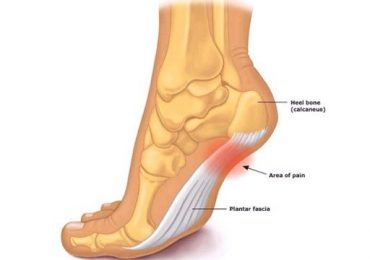Running Injuries
So for all the runners out there, I thought I would summarize what I have learned from treating people with running injuries, and using the latest research.
When most people have a running injury they tend to address what they can control themselves, either their shoes or orthotics. New Balance seems to have good advice on selecting shoes based on foot type. Then there is the recent trend towards minimalist shoes that can be quite confusing to navigate. With shoes that have a thicker sole, the foot tends to become biased into a heel strike pattern. Heel strike has been associated with more knee and foot injuries because the ground impact is greater with that type of foot strike. The minimalist shoe debate arose out of the idea that heavy cushioned shoes have changed our natural foot pattern and ironically end up causing more injuries.
After reviewing some of the research on orthotics there isn’t anything conclusive about their ability to prevent running injuries. In my experience I find clients have been prescribed orthotics, but other biomechanical issues that predispose them to running injures, have not been assessed. For example, I see pronators of the foot improve when we target the hip muscles and make changes to their running gait. Orthotics make our foot muscles lazy and they can be strengthened and stabilized by strengthening the foot, knee, and hip.
So for shoes, it pays to get some good advice from someone who specializes in running injuries. Do not just go and see any practitioner in the hope they will be an expert. Ask questions and do some research on who you see. New Balance has some useful information on foot type and the right type of shoe. I have added some links below that I found useful for starters. The ideal approach is to have someone assess the mechanics of your running gait and test the strength and flexibility of your hip, knee and foot muscles. We can adjust heel strike to more of a mid-foot pattern by shortening your stride and increasing cadence. This is more efficient and reduces the impact forces through the leg. This has been associated with fewer running injuries.
There are a number of factors to examine with the injured runner: footwear, running gait, muscle strength and flexibility. Just having an orthotic can be as band-aid as solution as going out to buy an new shoe. Sometimes it really can be a simple factor of short muscles or weak hip muscles. The key piece in rehabilitation is to combine all the corrections in muscles length and strength by retraining your running gait.


